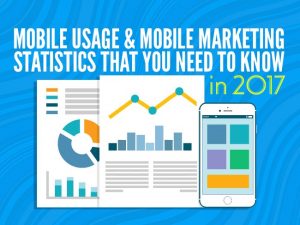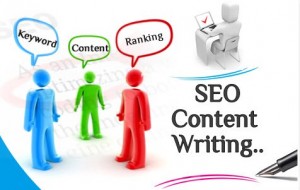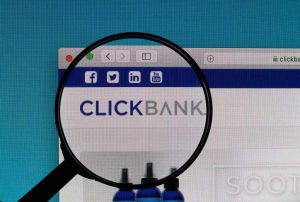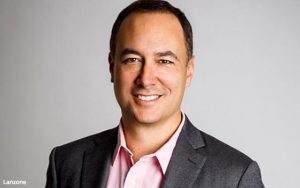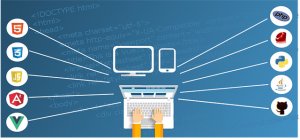September 25, 2016

So here you are, building the next up and coming SaaS tool, with the ever so common recurring revenue model. Things are going really well. Your customers really seem to love you, and why wouldn’t they? Your product is awesome! You and your growing customer base seem to be linked arm in arm skipping into the sunset.
More and more users sign up. Your Product Team is innovating and designing the next up and coming product releases. Your Support Team is answering tickets and solving problems at warp speed. Sales is killing it and closing deals. All seems well.
Then it happens.
The first break up.
It hurts.
You don’t understand what happened. You thought that everything was okay. They paid you last month. And now, and now, this!
You ask yourself, how can I get ahead of this? How could I have known? How could I have been more proactive and maybe saved this relationship? And then it occurs to you. You need Customer Success!
But where to start? How do you hire the right first CSM to help with building that important proactive model?
It can be challenging to hire for a role for a department that doesn’t yet exist at your company. As someone who has built out Customer Success from the ground up at HelloSign, this is a model that has proven successful for me and various others that I have mentored.
Step 1: Determine the Price of Admission
When you first post the job, you will receive a lot of resumes. A lot of resumes. You have to set up filters to find the right one (like online dating!). “Must like sushi, long walks on the beach, and Netflix binging.” But seriously, filters are key in finding your perfect candidate. Beyond my commonly used filters of culture, constant curiosity, and highly motivated, here are a few filters that I use as my Price of Admission for Customer Success.
- The first person in any role in your department should ideally have experience in that role. I aim for a minimum of 2 years with proven success. This ensures that the candidate has been in the trenches of customer success and understands what works well, and what doesn’t.
- Require a writing sample before you bring anyone in for a face to face. The majority of your Customer Success Team’s day to day is written communication. This is key. I generally request:
- A brief introduction of themselves to their new customer and how they will add value during their relationship
- A short synopsis of a couple of advanced features (on your product) that may help their new customers workflow and provide an improved ROI.
- A brief introduction of themselves to their new customer and how they will add value during their relationship
Step 2: 1st round face-to-face! They’ve arrived. Now what?
Once they’ve passed the “Price of Admission,” let’s see how they are in action! Sticking with the dating theme, once they’ve checked off all of your initial filters they have now moved into first date territory. We will call this the “coffee date”. There will be certain things that you will screen for in your first coffee date to determine if you will make a longer commitment, like a dinner date. The same theory applies for your first Customer Success Managers interview. Here are some very specific things I do that have proven to be successful.
- Construct a well balanced interview team that will provide different perspectives. I generally like to pull in someone from Sales, Support, and if possible Product. These will be key internal partners that the Customer Success Manager has to work closely with.
- There are three exercises that we conduct with all CSM candidates to get a true understanding of how they think. You (the hiring manager) are looking for proactive thinkers. This is a huge differentiator that will help with the success of your overall customer base.
- Activity 1
- On the whiteboard, please map out your current customer lifecycle (at your current employer or previous) and the various phases of a customer’s journey through your product. How have you guided them through these phases successfully?You are looking for their understanding of the customer lifecycle and the phases a customer goes through and specific examples of how they’ve ushered this growth. (Onboard, first value, growth, renewal, start cycle again)
- Activity 2
- Now that you’ve done some research on our product, who we are, and how customers use our product, what are some key data points that you would want in order to define customer health? You are looking for their understanding of your product, and how they view health. Typical answer would be log in data, usage data, MRR/ARR, previous upsell data. Look for answers that are specific to your product.
- Activity 3
- This is your customer base. All things regarding these customers are equal. They have similar MRR and are from the same industry/market segmentation. 125 customers in red (unhealthy), 50 in yellow (neutral) and 25 in green (healthy). Who do you contact first and why (draw below diagram on a whiteboard if possible)? You are looking for the proactive answer. Human nature will dictate that we contact the red (in danger) first because we are worried about churn. But, if we take the proactive stance, we have a lot to learn from the green (healthy) customers. Once we have learned what is making them successful, then and only then, we should contact the red. We will then have best practices and action items to share with them.
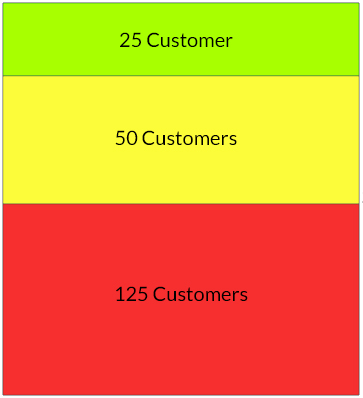
Step 3: 2nd and final rounds. Yep, they have to come back one more time.
They’ve wowed you and your team, and now it’s onward to the final rounds. Some people aim to get everything done in one day, but I believe that having exposure to your candidate on different days and in different scenarios is important.
Now the dating analogy doesn’t work perfectly here, because you most likely wouldn’t propose a serious relationship with someone on the 2nd date, but at this phase of interviews, you are both generally serious about each other, and are looking to make a long term commitment.
During this final round, I always ask for a presentation to be conducted (it’s only a small portion of the final interview, but very important and what I will focus on for this step).
What I am looking for is that this individual is able to prep a presentation, knows enough about our product, can command a room, think on the fly, is likable, and still has that initial wow factor that we all fell in love with on the first round. How I typically go about this:
- Set up a panel of about 5-7 individuals (small enough to not overwhelm the candidate too much, but big enough to see how they present under a tad bit of pressure). Presentation should be around 15 minutes and allot for an additional 15 minutes for questions. Each person that sits on the panel should ask questions as if they were the customer. Throw the candidate some curveballs and see how well they think on the fly. An example of a presentation scenario that we’ve used at HelloSign is:
- Presentation Scenario:
- We just signed a very large and strategic customer. There is plenty of growth potential within this account so building a strong relationship out of the gate will be important. Customer Success owns the relationship after the sale has closed. We are responsible for onboarding, implementation, and ongoing relationship health. Please provide a presentation as you would to our new customer with the following details:
- What is your role in their onboarding process and how will you add value?
- What features of our product will be most beneficial giving their workflow?
- Anything else that would help the panel understand how you approach Customer Success and how you will nurture the customer relationships?
- What is your role in their onboarding process and how will you add value?
- We just signed a very large and strategic customer. There is plenty of growth potential within this account so building a strong relationship out of the gate will be important. Customer Success owns the relationship after the sale has closed. We are responsible for onboarding, implementation, and ongoing relationship health. Please provide a presentation as you would to our new customer with the following details:
- Presentation Scenario:
It might feel like an impossible task to find the perfect fit for your first customer success role. But believe me, it’s all well worth your time and attention.
At the end of the day, your first Customer Success Manager will directly impact the health and happiness of your customers and team. They’ll also be the leaders for CSMs to come.
Business & Finance Articles on Business 2 Community(76)

